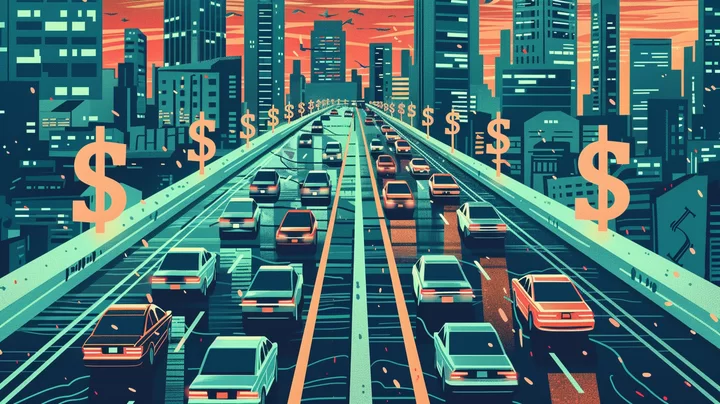The U.S. Bureau of Labor Statistics (BLS) released their Consumer Price Index (CPI) summary for March 2024 with an overall increase of 0.4% Consumer Price Index for All Urban Consumers (CPIU).
The March report highlighted a 22.2% increase in car insurance rates over the past year, marking it as a notable increase within the overall inflationary pressures, according to the BLS. This surge in motor vehicle insurance is part of a broader trend where the index for all items less food and energy rose significantly, driven chiefly by a 5.7% rise in shelter costs.
Mark Fitzpatrick from Moneygeek reports that California is among the priciest states for car insurance, with average premiums exceeding the national average of $1,343. Specific data shows that California drivers with a speeding ticket pay about $1,944 annually, those involved in accidents pay approximately $2,205 each year, and drivers with a DUI face the highest rates at an average of $3,375 annually.
Inflation hits especially hard in California due to the state’s already-high cost of living, the LA Times reported. Even small increases in inflation have a large impact on California residents, who already face higher than average prices for necessities including energy and housing. Multiple studies have ranked California as the state with the first or second highest cost of living in the nation, behind only Hawaii.
An increasing number of lawsuits is contributing to high costs for California consumers, the Northern California Record reported.
According to a report by the National Association of Mutual Insurance Companies (NAMIC), abuse of the legal system, including practices like third-party litigation funding, is driving up insurance costs for all policyholders by increasing the number of lawsuits. This rise in litigation forces businesses to hike their prices, subsequently passing these costs onto consumers.

